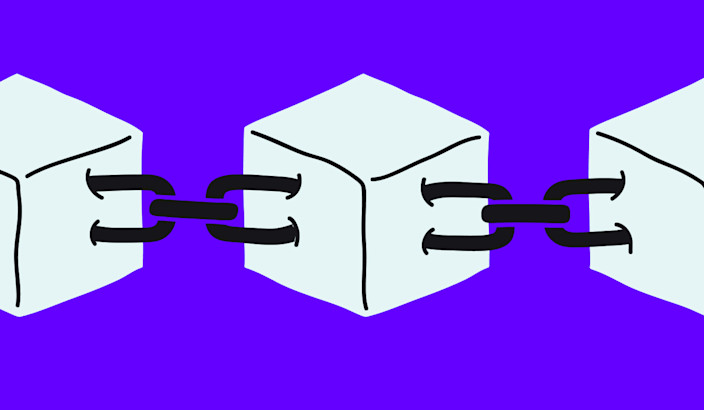What is the Blockchain?

Blockchain can be described as the following: an open, decentralized, incorruptible database. So, instead of a bank keeping track of the transactions via their own private ledger, the blockchain contains a ledger that is visible and open for everyone, hence no need for a third-party intermediary, such as a bank, to keep things in order. The blockchain is built in a non-hierarchical way, in other words, there is no central unit that governs all the entities. In a blockchain database-structure all the entities are connected to each other, which makes it possible to attain decentralization.
Cryptocurrencies are built upon this technology, which makes it possible to attain a decentralized monetary system that lives without third-party intermediaries, such as banks. Why is this powerful? Without dwelling down into economics, and the economic structure of different cryptocurrencies, the concept of cryptocurrency in general is an incredible innovation. Cryptocurrencies enable us to have a monetary premium that is detached from all the central authority i.e., banks, politicians etc. To clarify, cryptocurrencies are not detached from regulation, but it is impossible for central authorities to inflate your crypto, or to keep you from accessing it. This is a powerful freedom tool for people living under financial oppression. The enablement of real self-sovereignty for your finance is a key for enabling a more humane future for people that are living under authoritarian regimes, as well as hyper-inflation, bank runs and other financial related disasters.
So, how does a cryptocurrency transaction work and how is it different from a regular Fiat transaction that is integrated into the legacy system? First and foremost, a cryptocurrency transaction occurs peer to peer, while a fiat transaction is conducted via several intermediaries, such as issuing banks, card schemes, acquiring banks and clearing houses, to name a few. The infrastructure needed to conduct a crypto transaction is a crypto wallet for the sender as well as for the recipient. The blockchain network that the cryptocurrency is built upon is taking care of the rest, hence, peer to peer and no central intermediaries. To gain an understanding on what this actually means, it could be helpful to illustrate how a cryptocurrency transaction is conducted and include the different steps until it reaches consensus and final settlement.
In order for a Cryptocurrency transaction to be approved, it needs to reach consensus within the network, a consensus regarding that the transaction is true or that it is false. This is reached when over 50 percent of the nodes within the networks agree that the transaction is true. Once a transaction has reached consensus it is put into the blockchain, this is when a blockchain transaction has been settled.
So, for you as a user, the cryptocurrency transaction could be illustrated as follow: You receive the recipients public address and start the transaction by using your crypto wallet, the transaction is put into the network and starts to propagate throughout all of the nodes until it reaches consensus of 51%. After it has reached consensus, the transaction is put into the blockchain and the transaction is settled and arrives in the recipient's wallet.